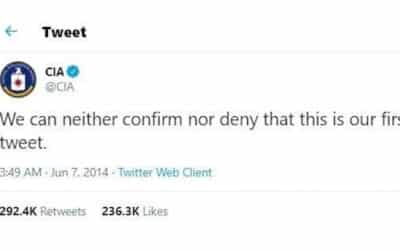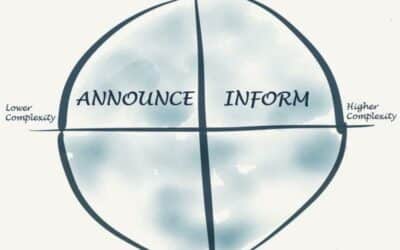 Thoughts
Thoughts
Blog
Here’s my blog on strategy, work, words and communications.
If you enjoy it, get it first by signing up for Matterings, my fortnightly e-newsletter.
More insight, more personal.
What strategy isn’t
It was great to speak at the VID21 conference last week. One of the fab things about a virtual conference is that the audience participates in the online chat and the commentary has left me with so much more to think about. Yep, I’m a strategy tragic!
One of the things I talked about is what strategy is not. All too often, I see strategy described as a process. It’s not.
The way we work
Much of the research and discussion about the workplace reboot is about safety and trust.
The safety conversation grapples with how people interact in offices and on the shop or factory floors. How we’ll travel to and from work. The focus is on touch-points and cleaning, record-keeping and ‘density quotients’.
‘Look at moy, look at moy’ were the famous words of Kath Day-Knight.
But for some autistic people looking you in the eye is a really hard thing to do. Talking to a stranger can also be difficult.
In this 𝘊𝘩𝘢𝘯𝘨𝘦 𝘠𝘰𝘶𝘳 𝘙𝘦𝘢𝘤𝘵𝘪𝘰𝘯𝘴 café scene autistic actor Ryan New sensitively shows how crushing it feels when someone talks over you, or about you.
When you’re autistic, work is hard to get and hard to keep.
Amaze’s research into the experiences of autistic Australians highlights the barriers to employment.
Like most Australians, most autistic adults would like to be in paid employment.
This might be the most important post I’ll ever share.
If you take the time to read it, and think about it, and act on it, and share it, we can make the world a little bit better.
Because little changes to our behaviour can make a big difference to an autistic person, who can’t change.
People don’t buy what you do, they buy why you do it.
So said Simon Sinek in his famous TED Talk (48 million views and counting).
Sinek was talking about leadership. But he could just as well have been talking about government and how it communicates.
Public sector engagement is more than face-to-face.
When 59% of Australians access social media daily, we’d be mad to think that Town Hall meetings are the only way to engage.
What’s the line?
Below-The-Line is more targeted, more niche, and more personalised. Traditionally it involved direct mail, point of sale promotions, public relations and events. Now it also employs digital techniques like search engine marketing and social media retargeting.
It’s the summer of 2020 and our Prime Minister can’t seem to catch a break.
Historically, most government communication activity has been ‘above the line’. We make announcements, we publish information. We push it out to as wide an audience as possible with little segmentation or targeting.
Subscribe
I write regularly on strategy, work, words and communications. Subscribe to my newsletter to read it first.

Subscribe
We’ll only use your email address to send you (good quality) emails and you can unsubscribe any time.








